Tradescantia care or love of man

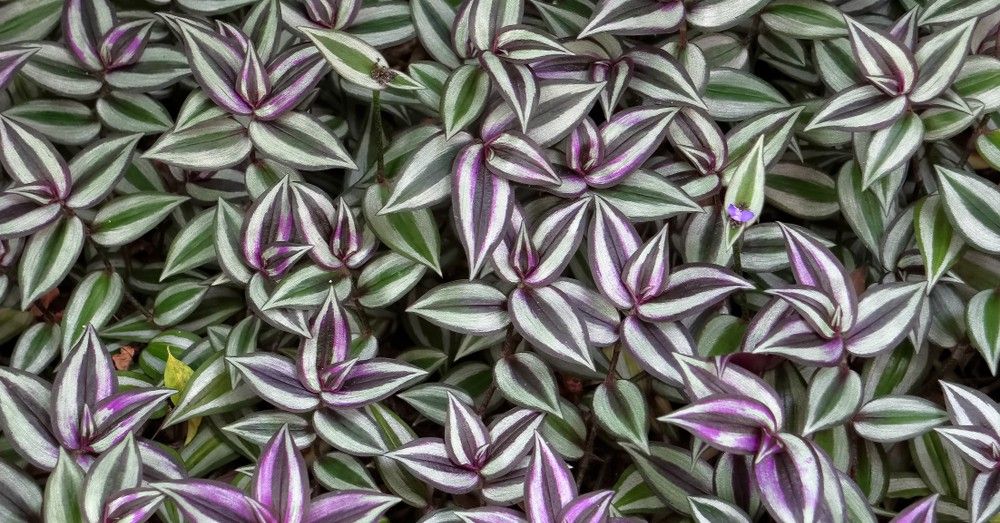
Today we want to talk about a green plant that, despite its popularity, few know its name. Commonly referred to as man’s love, the truth is that its proper name is much more complicated. A detail that collides head-on with its crop. And it is that the care of the tradescantia is anything but difficult. Perhaps for this reason, it is one of the usual plants in the homes of plant lovers. A fact to which another equally attractive factor must be added: it can be grown both inside and outside the home.
Knowing how to care for tradescantia is key to enjoying them in almost any space. Incredibly versatile plants that, thanks to their incredible drawings and colors, are irresistible. And we speak in the plural because, in reality, tradescantia is the scientific name of a botanical family with more than 70 varieties. Some that share care and that differ, fundamentally, by the different shapes and colors of their leaves. And for one more detail: its delicate and discreet flowering.
Thus, let’s see in detail the care of the tradescantia starting with an important nuance: its incredible resistance. Something that makes this family of plants perfect for both seasoned gardeners and beginners.
LIGHT AND TEMPERATURE, FUNDAMENTALS IN THE CARE OF TRADESCANTIA
As we said, tradescantia care is extremely simple. However, to bring the plant to fruition, we will have to monitor two fundamental aspects.
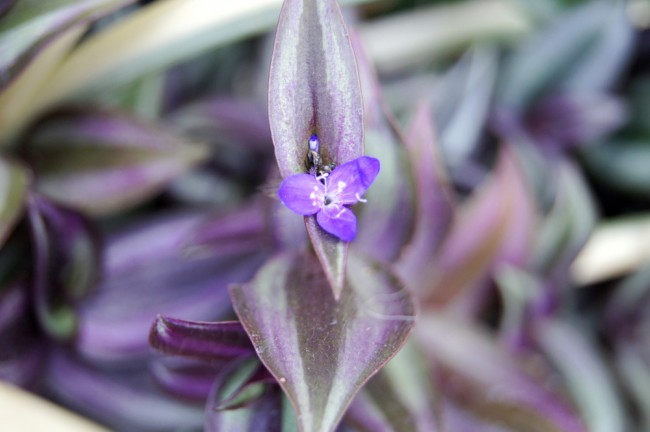
- Let’s start with the most important: light. One of the tradescantia care absolutely essential for its well-being. It is thanks to her that this family of plants grows vigorously. What’s more: a faulty light can make the tradescantia sick. However, we also have to be careful when it comes to sun exposure. Let’s not confuse light as direct sun. We emphasize this point because it is precisely the sun that can cause discoloration of its leaves.
- Intimately linked to this aspect, between the care of the tradescantia we will have to closely monitor the temperature. This botanical family loves heat, so we will always have to avoid exposing them to temperatures below 12 to 15 degrees. Something that, in case of living in a cold region, forces us to grow it indoors.
Controlled irrigation and humidity, key in the care of the tradescantia
Now that we know what the fundamental care is, let’s see what great enemies this family of plants has. Something that is summarized, as far as crops are concerned, in a single aspect: irrigation.
Despite being a heat-loving plant, the tradescantia family does not take excess water well at all. What’s more: it is detrimental to their development. For this reason, we have to carefully monitor that the plant has good drainage. But not only that: we will also have to avoid any waterlogging in the roots or overdoing the irrigation. It will be enough, therefore, to water the plants a couple of times a week in summer and once every ten days during winter.
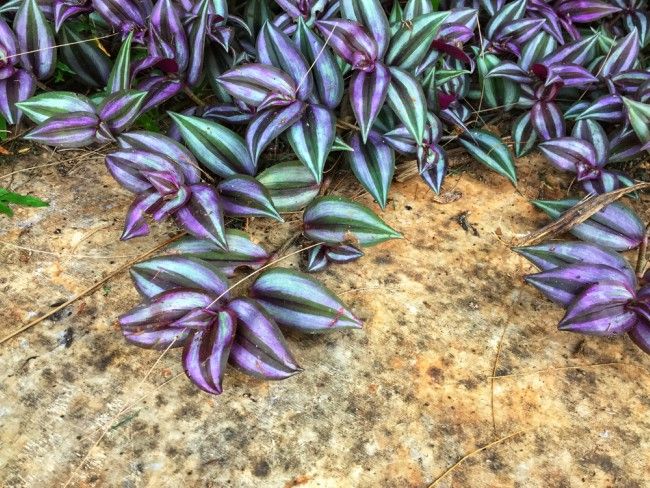
In case of subjecting the plant to excess humidity, we can easily identify it. The stems rot and the leaves are covered with a grayish mold. If we detect any of these two symptoms, we will have to take action on the matter. Ideally, we remove, pruning, the affected parts of the plant and lower the water pattern.
Pruning, fertilizer and pests: three aspects to consider
Despite being an extremely resistant plant, among the care of the tradescantia we cannot forget the fertilizer. The ideal is an application every two weeks during the spring, when the plant is in full growth. In addition, it is recommended that we opt for a liquid fertilizer for green plants. In this way, and always diluting it in the irrigation water, it will better penetrate the roots of the plant.
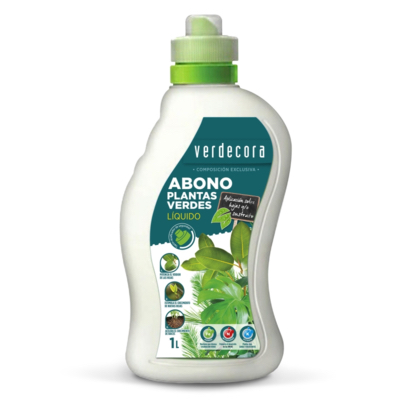
In addition, it is worth combining this work with a good pruning when the season begins. As embarrassing as it may be, doing it at ground level will eliminate unproductive parts and give the plant vigor. Tradescantias have an incredible capacity for growth, especially when it comes to their roots. Hence, as much as we resist pruning, it will be for the best. The plant will not only grow in height but also in width.
Finally, let’s make a separate chapter for diseases and pests. Regarding the former, we can be calm: they do not affect this family of plants. However, we will have to be aware of eliminating pests. Basically, because tradescantias are usually affected by some of the most common summer pests in the garden: aphids, mealybugs and spider mites. Three enemies that we will have to fight with a specific insecticide.
WHERE TO ENJOY TRADESCANTIAS
And now that we have reviewed the care of the tradescantia, it is time to learn about its many applications.
On the one hand, it is an ideal plant to have inside the house. Something mandatory if we live in a cold or especially humid area. Whether we grow it in hanging pots or in soil pots, we can enjoy its incredible ornamental value as one of our indoor plants.
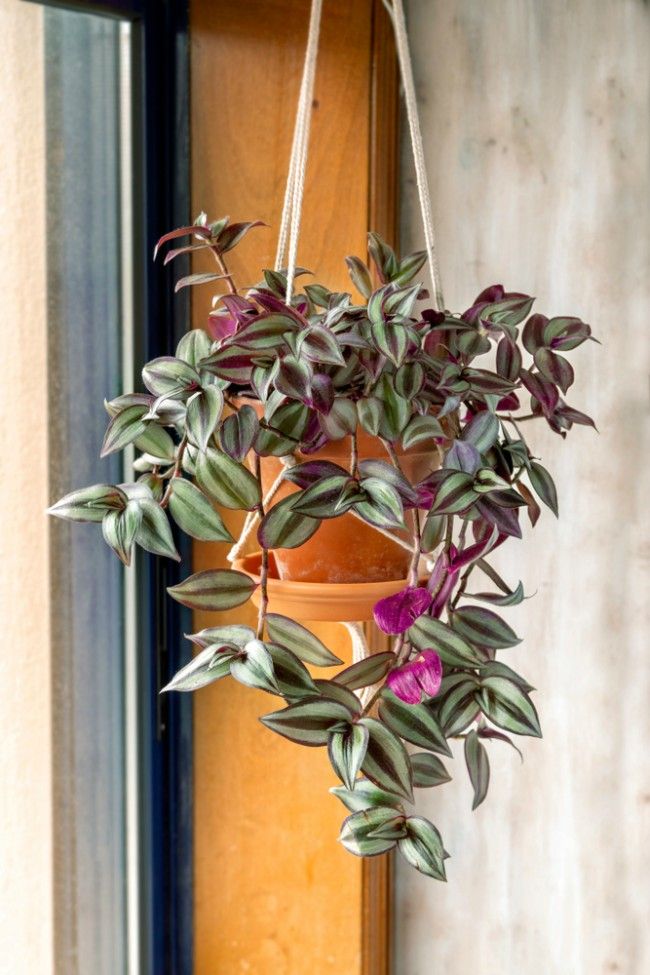
However, if we live in a warm area and have a garden, we can also enjoy it like any of the outdoor plants. With an addition: tradescantias are wonderful ground cover plants. An authentic natural tapestry ideal for covering flowerpots or rockeries.
And now that you know the care of the tradescantia, do you dare to have it among your plants?

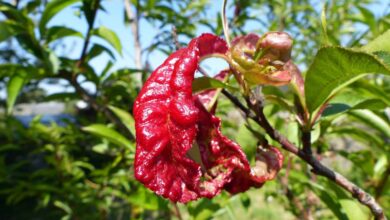
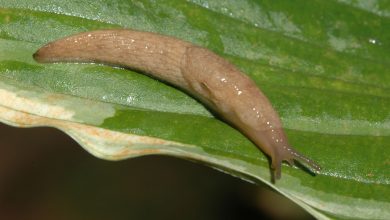
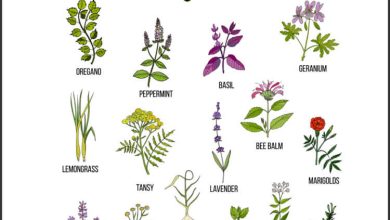
![Photo of Plant Rhododendron in your Garden: [Complete Guide + Important Points]](https://www.complete-gardening.com/wp-content/uploads/2022/08/plant-rhododendron-in-your-garden-complete-guide-important-points-390x220.jpg)